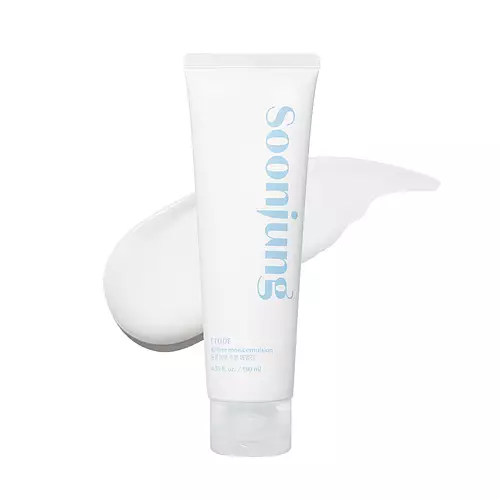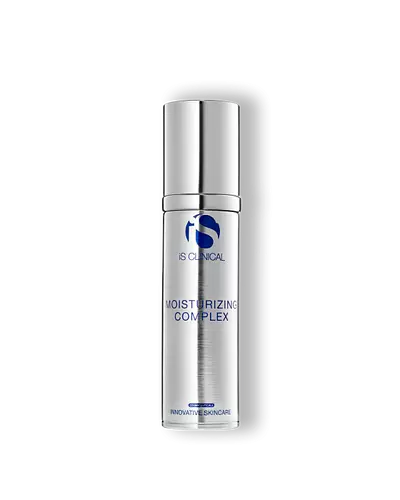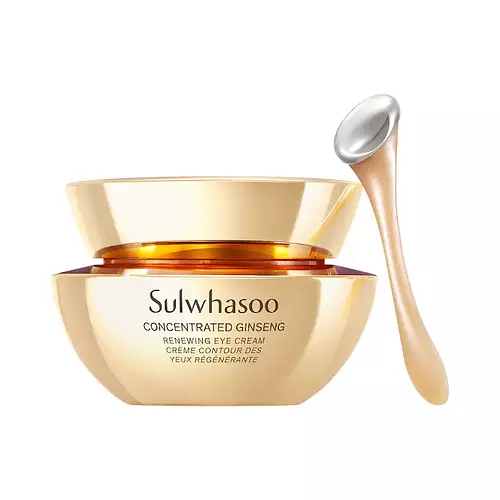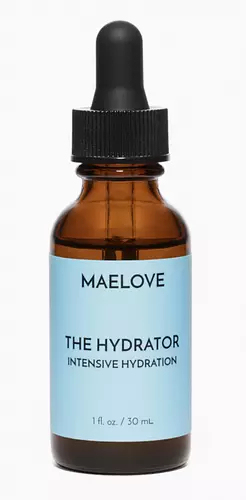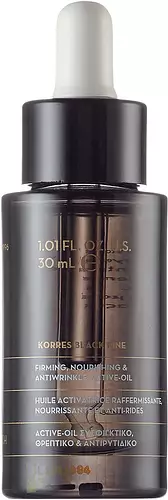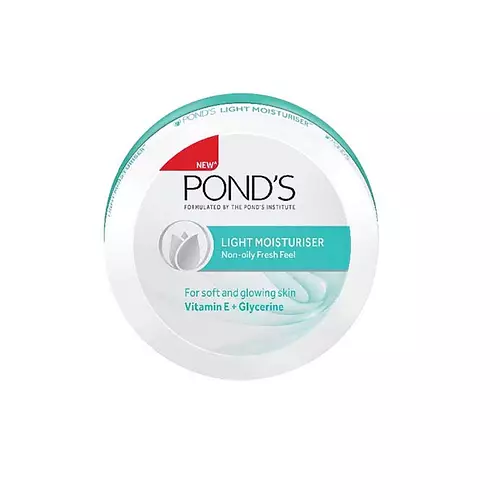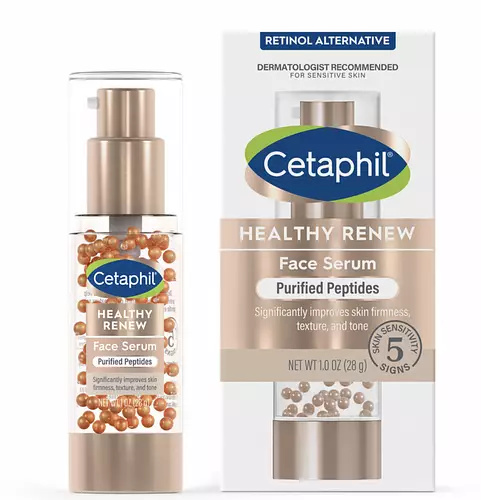Updated on June 07, 2024
Overview
What they are
These products are both reef safe . They have a total of 1 ingredients in common
Suited For
They're both likely to be good for fighting acne and brightening skin
Free From
They both do not contain any harsh alcohols, common allergens, fragrances, oils, parabens, silicones or sulfates
We independently verify ingredients, and our claims are backed by peer-reviewed research. Spot a product that needs an update? Let us know.
Ingredient Info
Etude House Soon Jung 10 Free Moist Emulsion 24 ingredients
The Ordinary Niacinamide 10% + Zinc 1% 11 ingredients
At a glance
Click on any of the items below to learn more
Etude House Soon Jung 10 Free Moist Emulsion 24 ingredients
The Ordinary Niacinamide 10% + Zinc 1% 11 ingredients
Notable Ingredients
This product contains 1 ingredient that may have this attribute:
Benefits
This product contains 2 ingredients that may have this attribute:
This product contains 2 ingredients that may have this attribute:
This product contains 1 ingredient that may have this attribute:
This product contains 2 ingredients that may have this attribute:
Concerns
This product contains 1 ingredient that may have this attribute:
This product contains 1 ingredient that may have this attribute:
Notable Ingredients
This product contains 1 ingredient that may have this attribute:
Benefits
This product contains 1 ingredient that may have this attribute:
This product contains 1 ingredient that may have this attribute:
This product contains 1 ingredient that may have this attribute:
This product contains 1 ingredient that may have this attribute:
This product contains 1 ingredient that may have this attribute:
This product contains 2 ingredients that may have this attribute:
This product contains 1 ingredient that may have this attribute:
Concerns
This product contains 1 ingredient that may have this attribute:
Ingredients Side-by-side
Ingredients Explained
These ingredients are found in both products.
Ingredients higher up in an ingredient list are typically present in a larger amount.
Xanthan gum is used as a stabilizer and thickener within cosmetic products. It helps give products a sticky, thick feeling - preventing them from being too runny.
On the technical side of things, xanthan gum is a polysaccharide - a combination consisting of multiple sugar molecules bonded together.
Xanthan gum is a pretty common and great ingredient. It is a natural, non-toxic, non-irritating ingredient that is also commonly used in food products.
Learn more about Xanthan GumIngredient Ratings
Here's what our community thinks of the ingredients in these two products.
When to use
Etude House Soon Jung 10 Free Moist Emulsion 24 ingredients
The Ordinary Niacinamide 10% + Zinc 1% 11 ingredients


Reviews
Here's what our community thinks
The Ordinary Niacinamide 10% + Zinc 1% 11 ingredients
Clover
Gotta give credit where credit is due
WOW… lot of people ganging up on this incredibly affordable/popular serum. I understand the criticisms, but...
Gotta give credit where credit is due
WOW… lot of people ganging up on this incredibly affordable/popular serum. I understand the criticisms, but personally I don’t believe the intensity is warranted. For so many people this was the start of their skincare journey; it certainly was mine! And because I had never used ingredients like niacinamide or zinc on my face before, of course I noticed an incredible improvement in regards to my acne and skin tone evenness. This is a good serum to start with. No, you don’t need 10% strength (2%-5% works well) and for some that 10% can be irritating. However most people can handle 10% just fine so it’s not something many need worry about. The formulation isn’t elegant and sometimes it gets frothy or pills when you try to rub this in— BUT this is $6! You can’t really beat The Ordinary’s prices, and for some people $6 is all they can afford to spend on skincare so this is a good affordable option.
If you already have effective products with niacinamide in your routine, you do not need to add this in because it won’t really do anything for you. But if you’re just washing your face with something like dish soap then of course this will make an incredible difference. You’ll probably move on from it eventually, but it’s an effective place to start. Wishing everyone the best on their skincare journey. <3
AshN.
(Tried Jan 2021) This was actually the product that made me realize that my skin does not mix with Niacinamide (especially at high concentrations...
(Tried Jan 2021) This was actually the product that made me realize that my skin does not mix with Niacinamide (especially at high concentrations because I can usually tolerate it at %4/less or when it isn't a primary ingredient). I tested it on my wrist and a small patch on my cheek to check, and I had hives in both areas. I wouldn't want to give this a poor rating solely on the account of my allergic reaction as I'm sure it works for many others.
